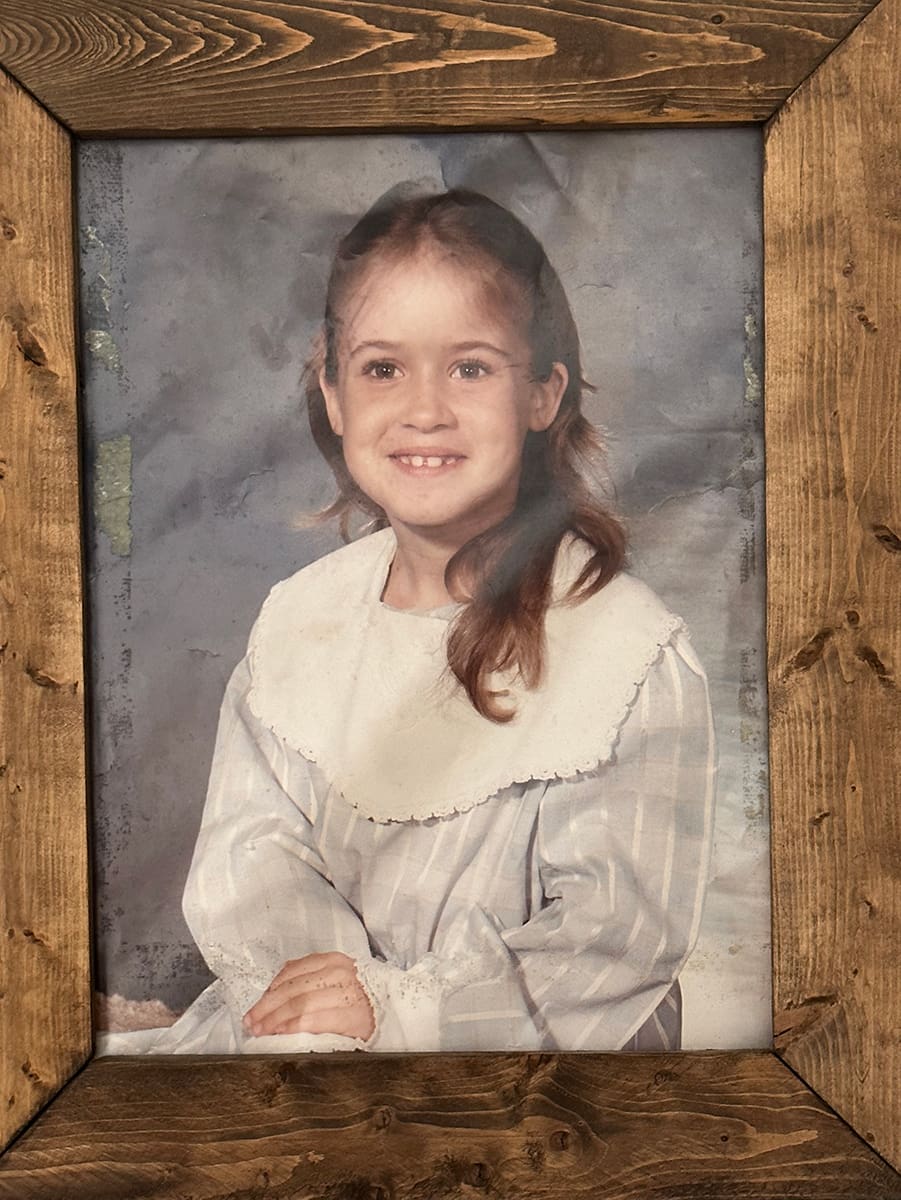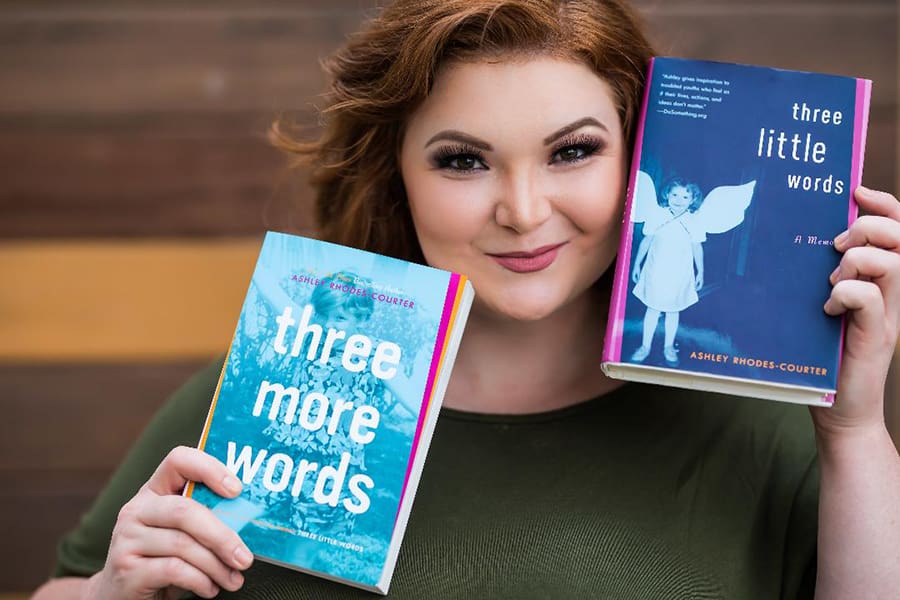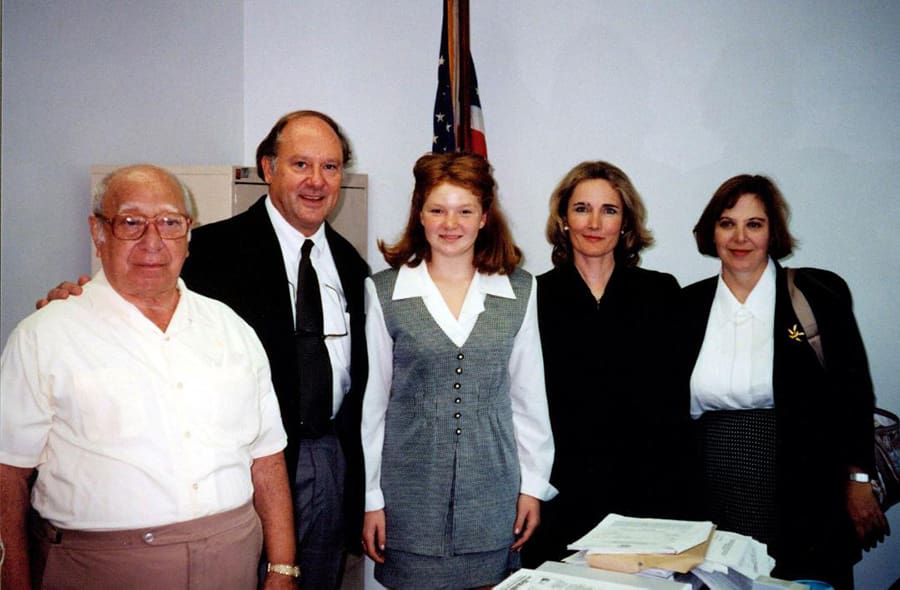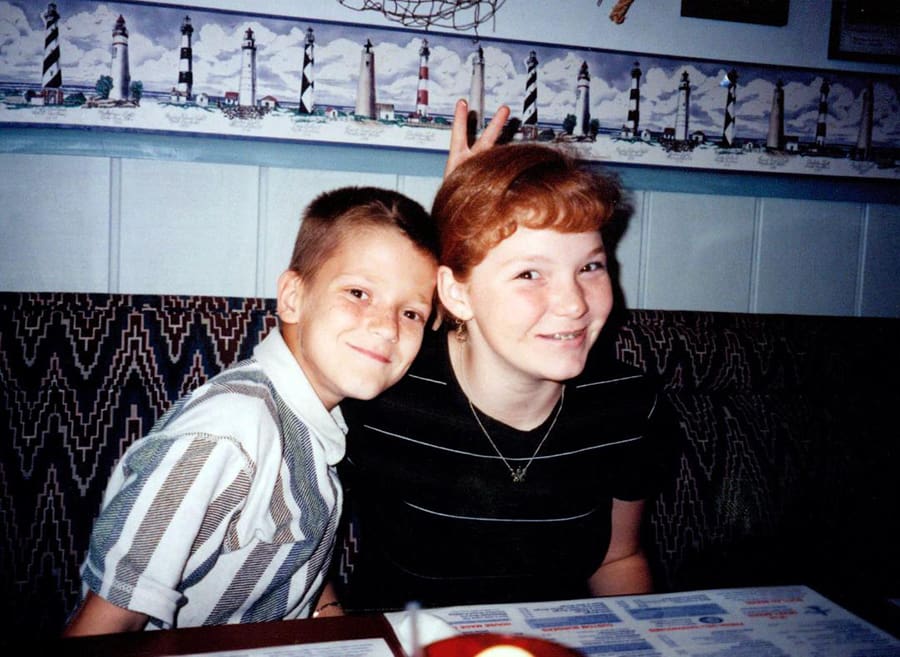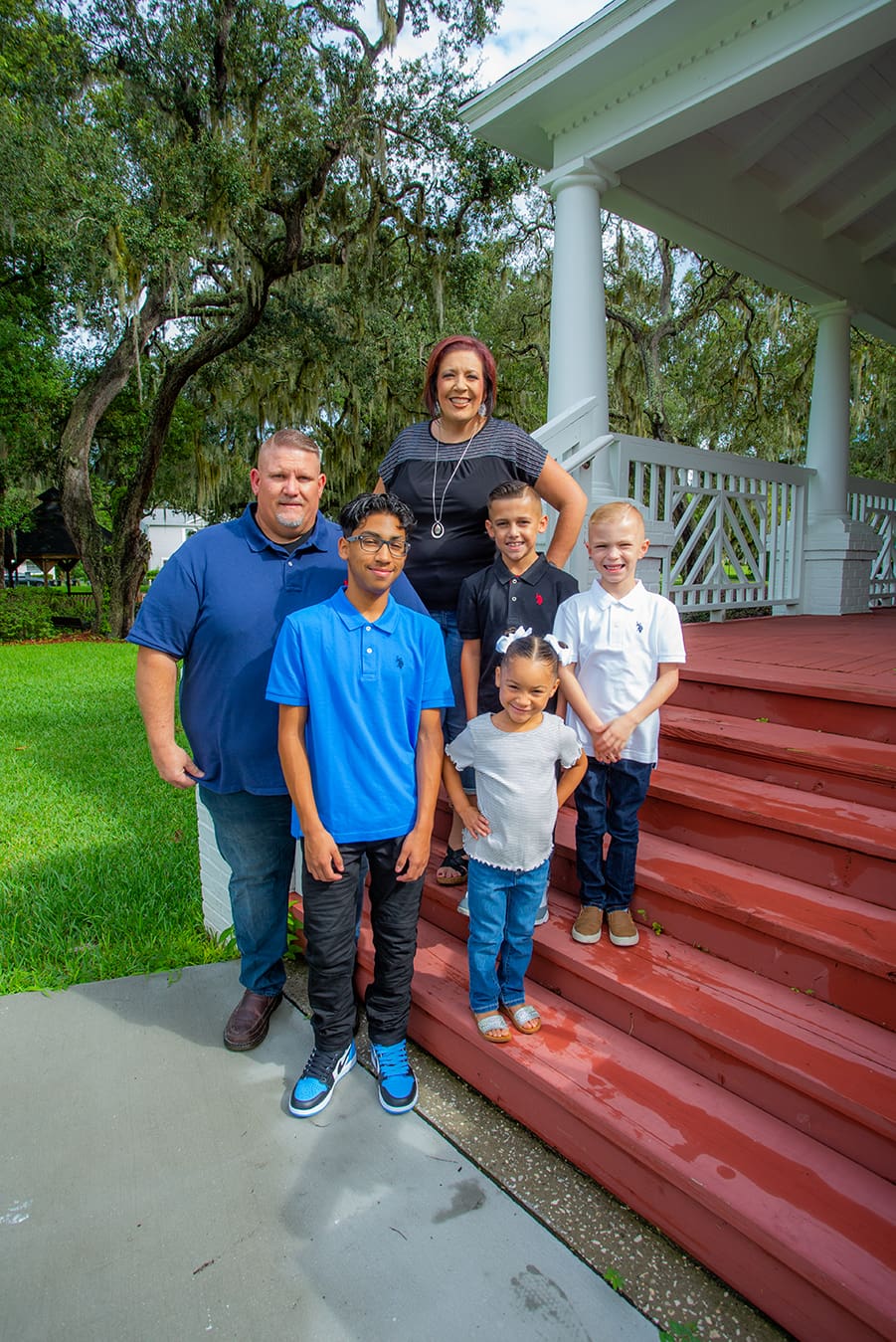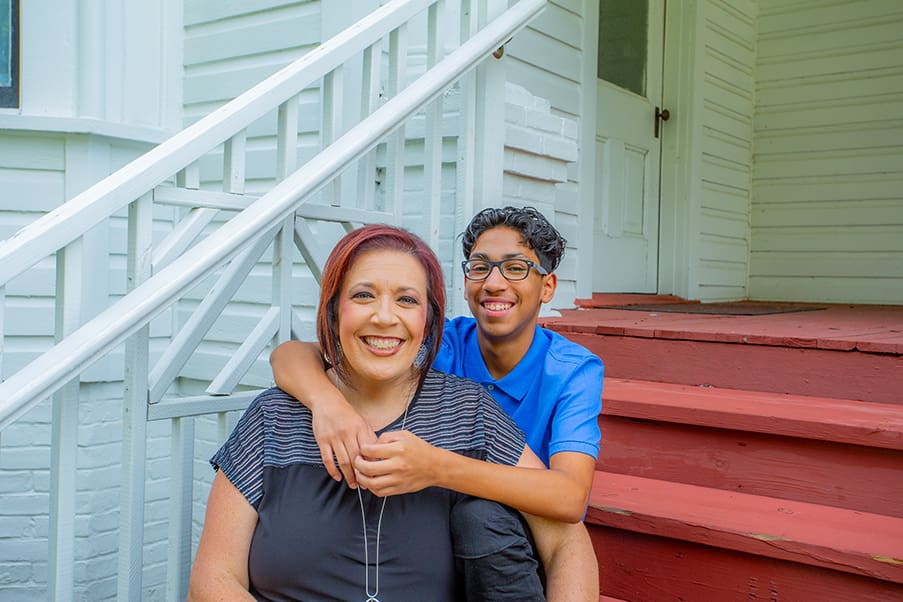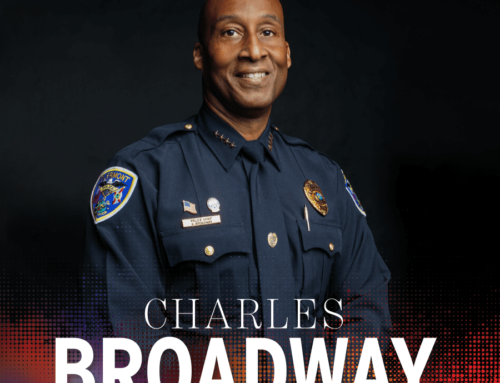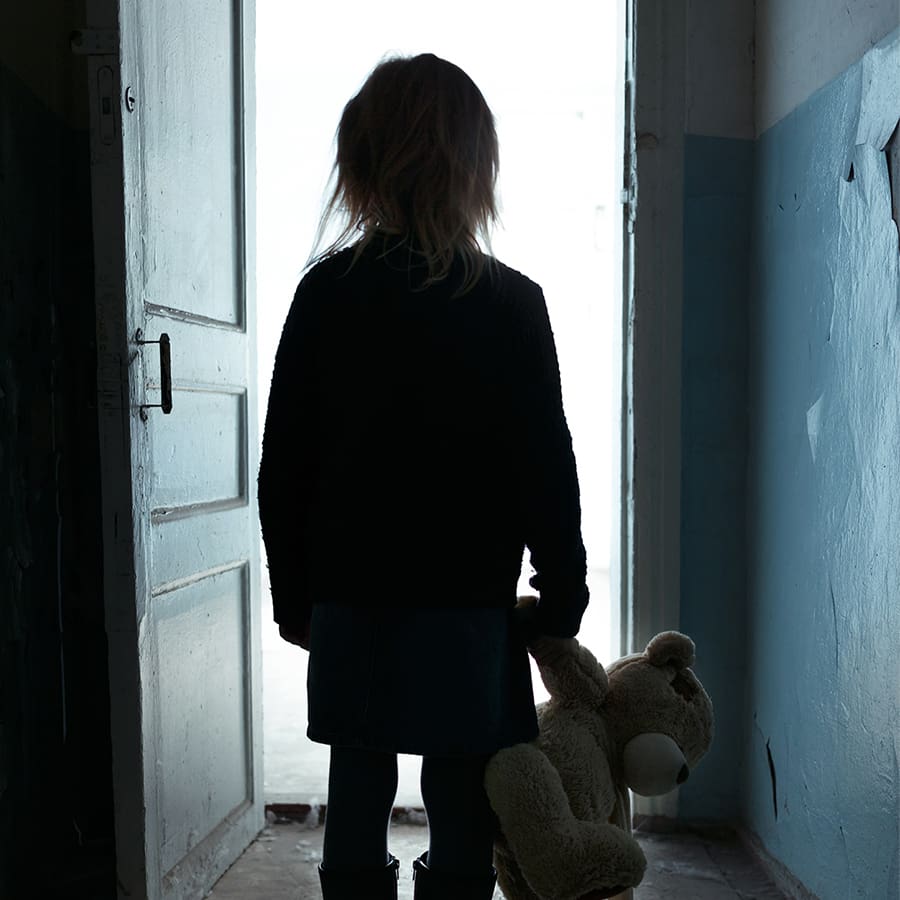
By Gary Corsair
A Broken System: Behind the Scenes of Foster Care

Foster children travel a rocky road.
Florida’s child welfare system is like a wheezing, backfiring bus overloaded with scared, hurting youth traveling a rutted road riddled with potholes.
Most of the state’s 23,000 foster children desperately hope the “bus” will turn around and return them to the home they were removed from, a place deemed deficient, unstable, or unsafe by strangers bearing court.
“The phenomenon is that children always love their parents no matter what it is they’ve done. They always have a belief that their parents are their parents and they’re drawn to them,” says Susan Chesnutt, who was “somewhere between the ages of 5 and 7” when she was initially taken from her mother’s Marion County home.
It’s no surprise Susan can only estimate her age.
“It was sexual abuse, and physical abuse, domestic violence exposure, substance abuse exposure, quite a few reasons,” Susan recalls.
“I watched my father rape my mother when I was a child.”
As terrible as Susan’s childhood was, more pain was ahead of her.
“For me, I remember the trauma of the removals more than the reasons. Being removed is traumatic,” Susan says.
That trauma is multiplied by being placed, only to be removed and placed somewhere else over and over again.
Susan lived in eight different foster homes — some good, some bad — before “aging out” of the system at age 18.
“So we’ve taken them from their home, from people that love them, who may be struggling in how they’re caring for them, but usually folks who love them, and we’re putting them somewhere else,” Florida’s Children First Deputy Director Robin Rosenberg told an interviewer. “We’re implicitly promising that we’ll put them some place better, but we often fail. The state often fails to put children in places where they have a safe, stable, nurturing relationship . . . the system does not always do a good job of keeping them connected to those people.”
And there are no short journeys on the foster care road.
Ashley Rhoades-Courter lived that painful truth. She was placed in 14 different homes, some worse than the home she was taken from.
“While I was in foster care, I was placed with people who had problems with drugs, alcohol, and violence. At least one caregiver later became a convicted pedophile,” Ashley says. “One foster home had 16 kids, sharing two bedrooms in a trailer. We were beaten, starved, locked outside, and subjected to horrific tortures.”
Florida Department of Children and Families (DCF) guidelines dictate that no family should have more than five foster kids, which begs the question, “Why was such blatant rule bending allowed?” Answer: too many kids and not enough host families.
Kids appear to be entering the system faster than they are “aging out.” According to a June 2023 DCF report, 22,599 child intakes were received, while 896 children/young adults exited out-of-home care.
So the state grants waivers . . . or caseworkers ignore safety guidelines, not out of disregard for the child, but because there’s no halfway house for kids awaiting placement. They need a place to sleep. Now.
Approximately 54% of kids removed due to neglect or abuse are placed in one of Florida’s 4,561 licensed homes. Around 40% are adopted by relatives. About 7% end up in a group home.
Few of the children reach their final destination in a timely manner. In Florida, the median length of stay in foster care is 17.1 months. In Lake County, the median journey to permanency is 19.9 months.
Waiting a year-and-a-half for what DCF calls “permanence,” seems like a lifetime for a child in his/her formative years.
Especially when you’re being passed around like a football on a playground. That’s not what anyone wants.
DCF’s stated goal is “reunification,” which is understandable since child welfare experts stress that keeping biological families together is an iron-clad priority.
Unfortunately, only a small percentage of parents (37%) turn their lives around and earn another opportunity to raise their flesh-and-blood.
Too often, returning a child to its family is the worst thing the state can do.
Case-in-point: 9-year-old Jenica Randazzo, one of 20 children Ashley and her husband Erick Smith fostered. In February 2015, Jenica was beaten to death with a tire iron by the schizophrenic uncle she was placed with after living with Ashley.
That brutal murder came on the heels of a Miami Herald investigation that revealed that 477 children died because DCF left them in abusive homes.
That newspaper report got the attention of lawmakers in Tallahassee. Legislators unanimously mandated adding 270 additional child protective investigators to identify abusive and neglectful parents. Additionally, a critical response team was formed to ensure prompt interventions.
Gov. Rick Scott’s stated goal was to decrease caseloads, provide support for child welfare workers, and do everything possible to protect children.
The reforms made for good press but ended up clogging the child welfare machine. The number of foster homes caring for four or more kids nearly doubled between 2014 and 2018 as the system reached an all-time high of 24,000 kids – a 34% increase in five years.
The problem of where to put all those kids led to tragic consequences.
An in-depth investigation by USA Today revealed that DCF and the 17 private agencies that manage the child welfare system across Florida “sent nearly 170 children to live in foster homes where the state had some evidence that abuse occurred.”
We won’t detail the shocking specifics (Here’s the link if you want to be sick to your stomach: www.usatoday.com/storytelling/florida-foster-care-abuse-tracker/), we can only ask how so many atrocities occurred?
For one, the screening process, while thorough, isn’t foolproof. And evil people are often adept at deceiving, as Ashley is well aware.
“These foster parents had the community fooled and even took foster parent training classes,” Ashley said of the couple who punished children in their care by forcing then to drink hot sauce. “They were considered to be saintly for taking ‘kids that nobody else would.’ Behind the scenes, we were being terribly abused and neglected.”
Thankfully, such scenarios are the exception, not the rule. Most people who open their homes and hearts love children and want to make a difference.
People like Leesburg resident Jamie Abbott.
“I’ve had about 31 foster children come through my house over the past 15 years. Of the 31, we’ve adopted three boys; all the others were either reunified or went with another family member,” says Jamie, president of the Fostering Faith Hope and Love association, which provides support and resources to 115 local foster families.
Jamie’s experience sounds idyllic, but each child was a challenge.
Fostering a child is extremely difficult, even when the kid doesn’t have mental, emotional, or physical problems. But most every child is damaged in some way, usually multiple ways.
If you’re wondering why those numbers add up to more than 176, it’s because some children were removed for more than one reason.
Obviously, our mistreated youth need counseling as well as medical treatment.
Too often, they aren’t getting either.
Florida is hampered by “not enoughs.”
“There is such a shortage of homes and caseworkers that children fall through the cracks,” laments Ashley, who chronicled her foster care journey in her book Three Little Words.
According to Florida’s Children First, DCF needs to attract 1,300-1,500 new foster homes annually.
The caseworker situation is just as critical.
“The workforce is very low,” Jamie Abbott said. “The problem is that all these case workers are getting burnt out because their caseloads have doubled, which means they’re not going to be as efficient. They don’t make much, they’re getting burnt out, and they’re having parents complain to them. I don’t know where it goes from there.”
According to the Florida Institute for Child Welfare: 23% of child welfare workers left within 12 months on the job; 57% percent lasted less than 18 months; 81% percent left within three-and-a-half years.
The revolving door is being oiled by low pay. Florida has the second highest number of foster care workers in the nation, yet the Sunshine State ranks 49th in foster care workers pay.
A $40,000 salary isn’t chicken feed, but it’s obscenely low when you consider the crucial role caseworkers play.
“The average case worker is making like $20 an hour. That’s just not acceptable,” Jamie remarked. “They’re driving all over the place. And a child’s life depends on their notes, their documentation. If they don’t document properly, things can go wrong for that child when they really should have gone the other direction.”
Florida is also short on child protection investigators (CPI), the people who determine if physical or sexual abuse has occurred. The state needs 1,623 CPIs, but 20% of the positions are vacant.
Central Florida is no exception. Only 362 of 409 child protection investigator positions are filled.
And the foster child suffers.
“Our kids aren’t going to say, ‘I don’t have a good case manager because they don’t get paid enough.’ They’re going say, ‘I haven’t heard from my case manager in a month and I need to speak with them.’ The number one thing kids tell us is, ‘I haven’t heard from my case manager.’ The system needs to provide that,” says Geori Seldine, executive director of Florida’s Children First, an award-winning non-profit organization that advocates for positive systemic changes to improve children’s lives.
“We need more funding. We need more funding for caseworkers, and judges, and then we have to make their salaries more beneficial to them,” Jamie says.
And more money for foster parents. The per child monthly stipend of $429-$515 (depending on the age of the child) DCF pays doesn’t go far enough in most households.
“It’s not much. It’s like $517 a kid,” Jamie says. “But we have found that if they are not school age, probably half to three-fourths of the stipend is going to daycare. Most of these daycares are $165 to $175 a week. So you have to pay the difference. So when you have a couple of kids in your home that adds up.”
By now, you’re probably shouting, “Overhaul the foster care system!” You may be surprised to learn that system has been overhauled; this is the reformed version.
Prior to 2000, child welfare services were administered by DCF, which was plagued by one scandal after another. Gov. Jeb Bush sold legislators on the idea of shifting oversight from DCF and giving it to 17 private, community-based care (CBC) organizations aligned with Florida’s 20 judicial districts.
The result is a complex partnership between DCF, state agencies, the courts, law enforcement agencies, service providers, and local communities.
Wildwood-based Kids Central Inc., which was formed in 2004 from a consortium of North Central Florida mental health, adoption, and child assistance organizations, serves Circuit 5, which is comprised of Lake, Sumter, Marion, Citrus, and Hernando counties.
So how well is Kids Central Inc. caring for the 1,600 children in crisis daily in Circuit 5? Better than some CBCs, not as well as others. In the third quarter of 2023, Kids Central Inc. met state targets in five of 12 categories.
Florida allocates $2.8 billion to DCF, yet the child welfare system is obviously struggling. And there is no clear fix, no magic bullet. But progress is being made.
For one thing, decision makers at the highest level are finally listening to the kids who actually lived in the system who are represented by Florida Youth SHINE, a youth-driven, peer-led organization that empowers current and former foster youth to become advocates for all youth in care.
“They’ve been fighting for five years to ensure that young people are educated about the laws and policies in place in Florida. The legislation was just signed, effective as of July 1st,” Seldine says. “Now it will be required for young people to be advocated about the law and resources in ways to protect Florida youth . . . That was the most pressing thing on their wish list. The people we are fighting for weren’t at the table. Now they are.”
All things considered, everyone wants the same thing – an efficient system where children are placed in the proper place, whether it be back with their parents, relatives, a nurturing foster family, an adoptive family.
No matter what the scenario, the goal is to prepare children for life as an adult, to make sure they are standing on their own two feet when they age out.
That’s certainly true in Eustis, where the non-profit organization Forward Paths opened two homes for 27 young adults who have aged out of the system.
“We began renovation of one or two homes on property through the generosity of First United Methodist of Eustis. We’ve completed site plans for 10 small homes to be built on the same property,” says Denise Burry, who credits local contractor Joe Ziler with spearheading the project.
Little by little, Florida seems to be making progress in improving outcomes for foster children. But those on the front lines say that little gains aren’t enough.
“This ship is not going to be turned,” Jamie says. “You can fight all you want, but without help from higher up – way higher than DCF – it’s a big battle to turn the ship. It really needs to come from higher up, like the governor. The system needs fixed and we have a lot of frustrated foster families right now because they’re just not getting the resources they need. So many foster families have said, ‘Once this child leaves, I’m closing.’ It’s hard to stay positive, but you have to stay positive.”
Gary Corsair began writing professionally while attending high school in Greentown, Indiana. He's spent most of the past 46 years in writing, reporting, editing and producing roles for newspapers, magazines, TV, and radio. He's served as publisher and editor of three newspapers, TV news director, and executive producer of two documentaries about The Groveland Four. Gary’s earned more than 65 awards for journalism excellence.



